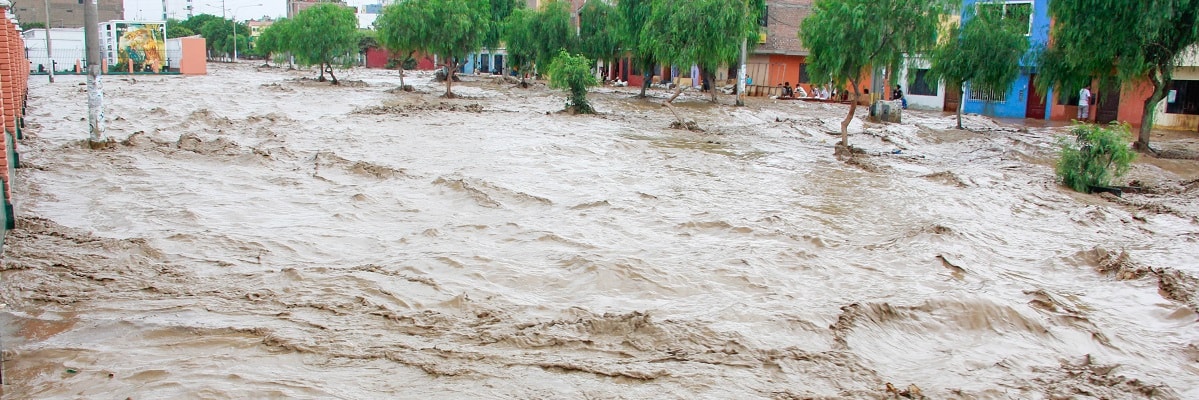Tsunamis: Information & Facts

Tsunamis are large ocean waves caused by earthquakes or major landslides into the ocean. When the wave of a tsunami reaches land, it can cause severe damage to land, buildings, and infrastructure. Tsunamis can travel long distances from where the earthquake occured. There are often multiple waves. A tsunami can occur during any season of the year and at any time.
Know the difference between a tsunami warning and a tsunami watch:
- A tsunami warning means a tsunami may have been generated and could be close to your area. A full evacuation is suggested.
- A tsunami watch means a tsunami has not yet been verified but could exist and may be as little as an hour away. Stay alert for more information.
Tsunami Basics
When major earthquakes strike beneath the ocean floor, this forces a surge of water to form a large wave that can be several metres in height. When a large tsunami reaches a coastal area, it can strike with an incredible force and cause mass devastation.
Tsunamis can also be caused by volcano eruptions, meteorite impacts, and underwater explosions. They can be very destructive – the 2004 tsunami and earthquake in the Indian Ocean killed more than 250,000 people and displaced 1.6 million more in the surrounding countries.
Tsunamis occur in coastal areas and are particularly common in areas with high seismic activity. The coast of British Columbia is at the highest risk of tsunamis in Canada but tsunamis can occur on any coastal area.
People on the beach or in low coastal areas need to be aware that a tsunami could arrive within minutes after a severe earthquake. The tsunami danger period can continue for many hours after a major earthquake. A tsunami can occur during any season of the year and at any time, day or night.
With proper planning and preparation, you and your family can safely evacuate in the event of a tsunami.
Earthquake warning systems are in place in many communities to notify the surrounding region that a quake is about to reach the earth’s surface.
Many coastal cities in Canada have a tsunami warning system to give residents enough to time to evacuate to higher land. Sign up for local area alerts.
You can also stay up to date on all small and large earthquakes across the country at Earthquakes Canada.
After a Disaster
Recovering after a disaster can be overwhelming. Check out what resources the Red Cross has to offer.
Get an Emergency Kit
Getting or making a kit is the final step in being ready for any emergency. Find out what you need to put in it.
